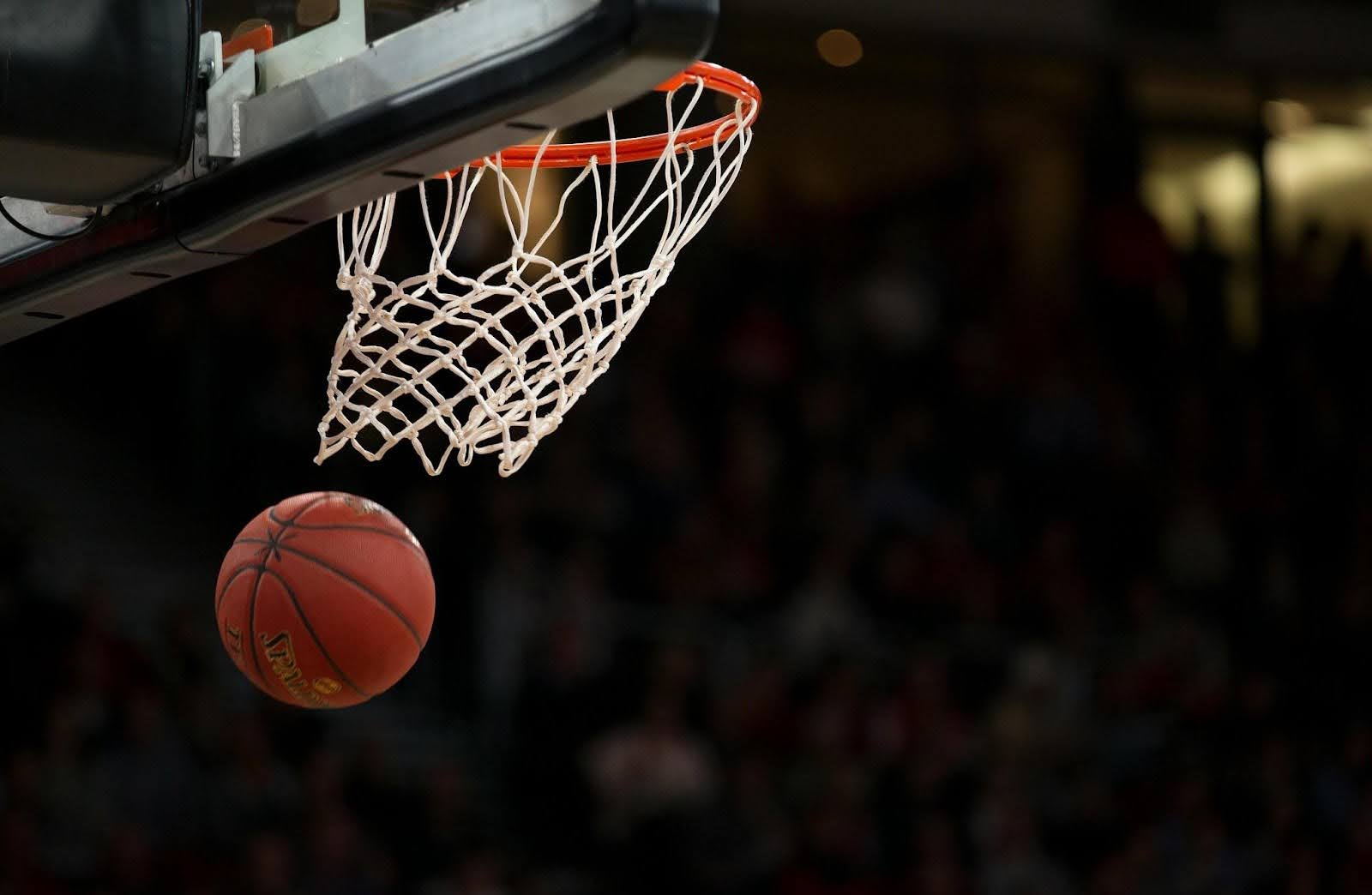Basketball is a fast-paced, highly strategic sport that thrives on teamwork, timing, and the execution of well-designed plays. While professional teams often have complex systems and terminology, the heart of the game lies in fundamental plays that build the foundation for all skill levels. Whether you're a beginner learning to move the ball or a coach looking to instill smart habits in your team, understanding basic basketball plays is crucial. These plays are effective and teach critical thinking, communication, and on-court awareness. In this post, we’ll break down six important basketball plays that form the backbone of the game, from offensive movement to defensive setups, giving you the knowledge to play smarter and more confidently.

|
A Time-Tested Offensive Staple
The pick and roll is one of the most commonly used and effective plays in basketball at all levels. It involves two offensive players working together, one setting a screen (the “pick”) and the other using that screen to drive toward the basket or create space for a shot. After setting the pick, the screener rolls toward the basket looking for a pass. This play forces defenders to make quick decisions and often leads to mismatches or open shots. The simplicity and versatility of the pick and roll make it ideal for developing communication and timing among teammates. It teaches players how to read defenses and adjust on the fly, turning a basic move into a scoring opportunity.
A Well-Structured Basketball Playbook
A well-structured basketball playbook is crucial for any team aiming to play with purpose and precision. It acts as a roadmap that outlines offensive sets, defensive schemes, and situational strategies, giving players a clear understanding of their roles and expectations. Having a consistent system in place reduces confusion during games and enhances team chemistry. Coaches often rely on tools and resources to organize their strategies. For example, a Basketball playbook design with Hoops Lab can help streamline the process by allowing visual clarity and tactical depth. A strong playbook boosts team confidence and lays the foundation for smart, adaptable gameplay throughout the season.
A Lesson in Movement and Timing
The give-and-go is another foundational play that teaches players how to move without the ball. In this action, a player passes the ball to a teammate and then quickly cuts toward the basket to receive a return pass. It’s an excellent way to exploit defenders who are ball-watching or not communicating properly. This play reinforces two critical basketball concepts: passing and cutting. It’s particularly useful in youth or amateur leagues where defenders are still learning positioning. By mastering the give and go, players begin to understand the value of motion in creating opportunities and the importance of trust between teammates.
Beating the 2-3 Defensive Setup
When faced with a zone defense, teams must use a different strategy than they would against man-to-man coverage. A good basic play against a 2-3 zone involves spacing, ball movement, and flashing players into the gaps of the defense. One effective strategy is to place a player at the high post and have wings move the ball around the perimeter, looking for openings. Once the ball is passed to the high post, defenders are forced to collapse, often freeing up shooters or cutters. This play encourages patience, vision, and teamwork, and it helps players learn how to attack defensive schemes with intelligent spacing.
Teaching Flow and Versatility
The motion offense isn’t a single set play but a system built on constant movement, passing, and spacing. It encourages players to make decisions based on what the defense gives them rather than running rigid sequences. In a basic motion offense, players rotate through spots on the court, set off-ball screens, and make cuts to create scoring chances. This system fosters basketball IQ, as players must learn when to pass, when to screen, and when to drive. It’s effective at teaching younger players the importance of moving without the ball and how unselfish play leads to better opportunities for everyone on the court.
Handling Full-Court Pressure
Full-court defensive pressure can fluster even experienced players if they aren’t prepared. A press breaker play is designed to help a team safely advance the ball past half court. A simple press break might use a four-across formation where players spread out horizontally to stretch the defense. The inbounder passes to one of the guards, who then has several options to pass up the court or reverse the ball if trapped. This play requires poise and decision-making under pressure, skills that are invaluable in competitive play. Practicing press-breaking plays gives teams the confidence to handle aggressive defenses and keep control of the game’s tempo.

|
Understanding and practicing fundamental basketball plays lays the groundwork for more advanced strategy and success on the court. These plays improve individual skills and strengthen team chemistry and basketball IQ. Whether you’re new to the game or coaching a developing team, focusing on these foundational plays is the key to long-term improvement and a deeper appreciation for the sport.







